Ndovu Team Ithumba Update: 01 September 2006
Participants
Patrick Mutuku Lemanten Lambarakwe James Lodungokiyok Mutua Koti Musau Kitulya Rajab Hamisi 2 KWS Rangers – Paul Maina & Gatibe Sagire
Areas Covered
During the course of this month the areas covered were: Umbi, the Kasaala fence line, Kalovoto, Mathae, Kanziko, Syomanyenze, Umaumaa, Kiasa, Lagga Kungu, Nida-Ndasa, Bisadi and the edge of the Yatta.
TOTAL SNARES COLLECTED 232
Findings
This month’s patrols were a follow up of last months due to the fact that we received information that after visiting an area and lifting the snares the poachers return once we leave and set fresh snares. We also learnt that the poachers found that we had been concentrating our activities far from the headquarters and thus this month had set snares near the park headquarters. We followed poacher’s footprints from the fence line to an old mudbath, a distance of 10 kilometers, during which we lifted 46 snares that targeted small game. One of the reasons that they are targeting this area is due to the availability of water. Poachers tend to set snares where animals come to drink as it makes them easy targets and also allows the poachers to monitor their movements and behavior.
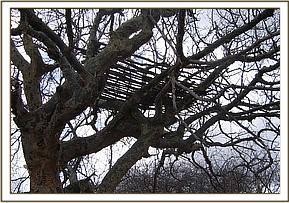
During the first weeks of the month the de-snaring team relocated all the snares and other confiscated items to a container near the workshop.
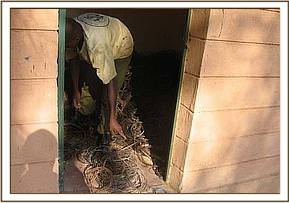
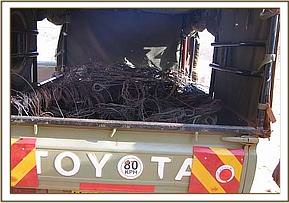

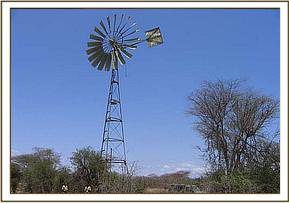
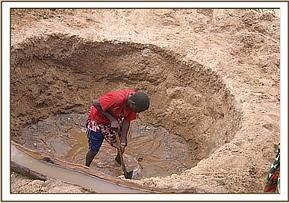
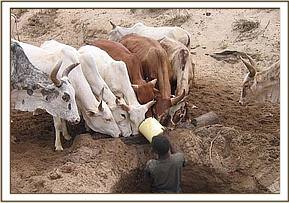

During the second week of the month the team moved its operations to the Kasaala fence line which has become a poaching hotspot. Along the power line we lifted 69 snares all of which targeted small game. At the Kanziko area we received a tip from the gate men that there were poachers in the area, and found a dead snared Dikdik.
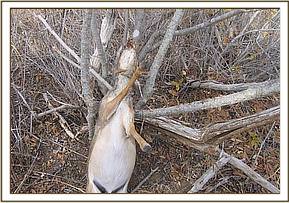

At the Umbi area we found a fresh poachers hide-out and laid an overnight ambush. Unfortunately the poacher never came. We destroyed all his belongings and the bushmeat.
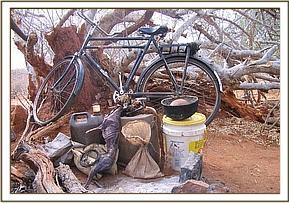



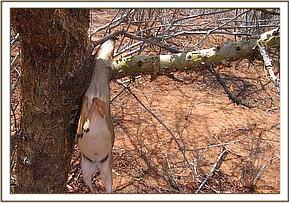
Community Awareness
The first few days of the month were dedicated to community work. The team visited Mkua-Nima to do a follow up on the awareness campaign that had been conducted last month. The community was encouraged to start tree planting activities emphasizing the need to plant indigenous tree species such as Acacia spp, Terminallia brownie, Mvingo, Balanites aegyptiaca and Mellia vonkensii which is heavily harvested for its timber. There is rampant charcoal burning taking place due to the lucrative charcoal market in the Middle East countries. The only option is to encourage the communities to start tree nurseries with indigenous species which can then be bought and planted along the farm boundaries.
The boundary clearance for the fence line extension was completed and the communities need to be thanked for their willingness to work with the de-snaring teams and continue working even in our absence.
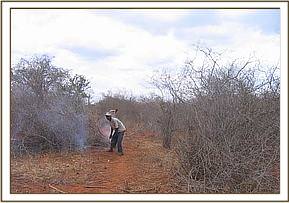
Report by Patrick Mutuku